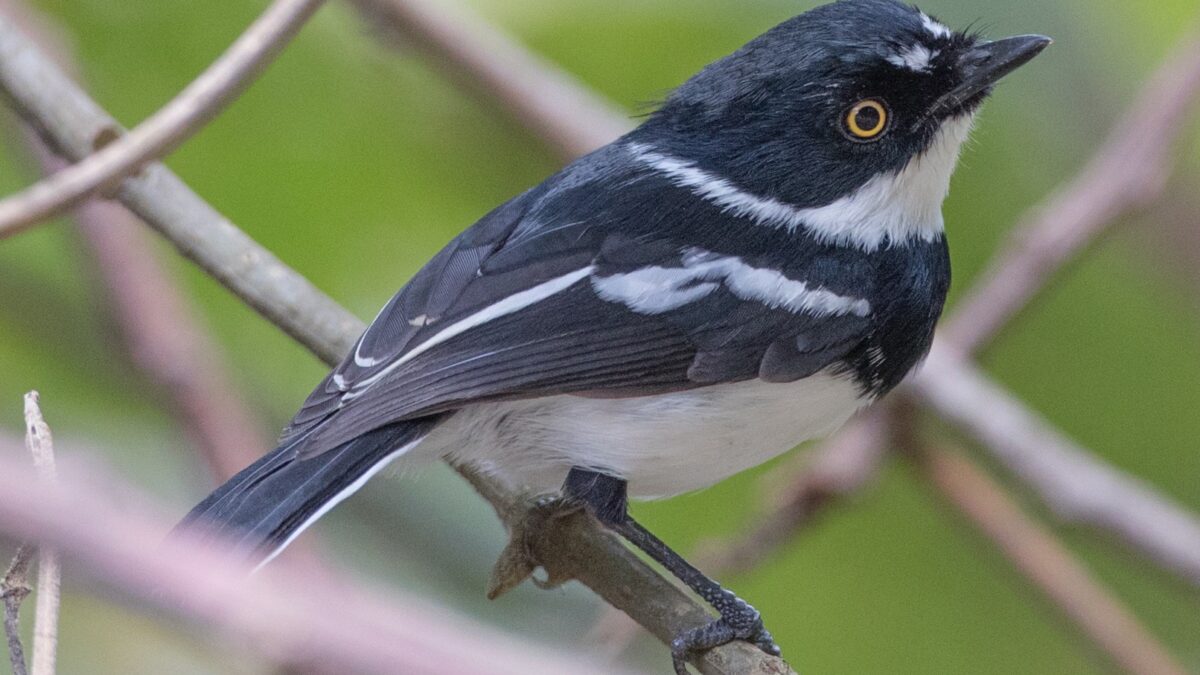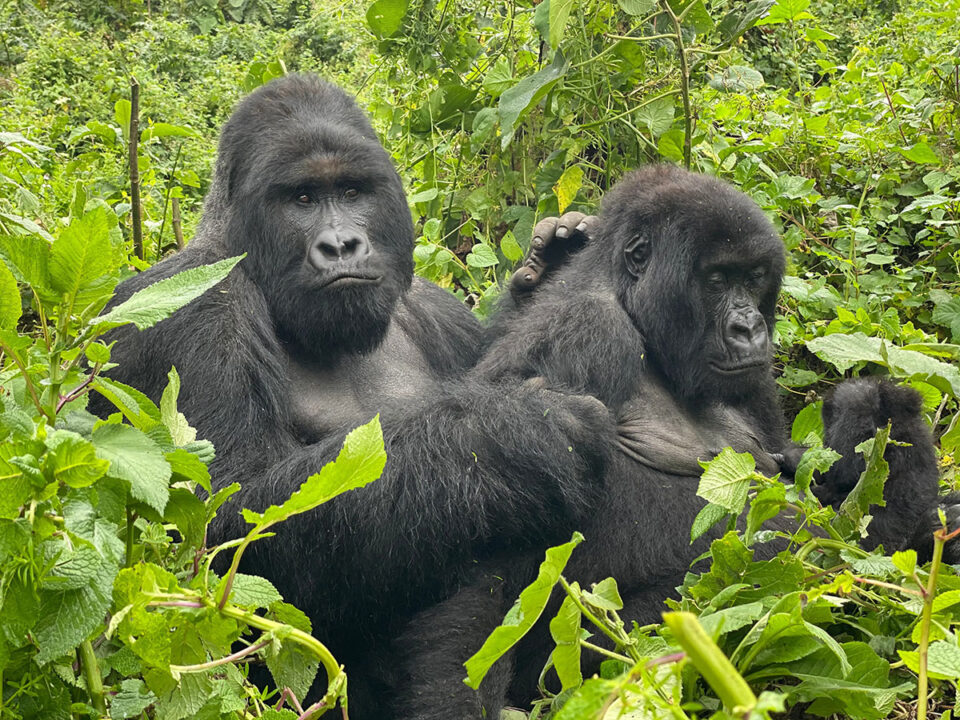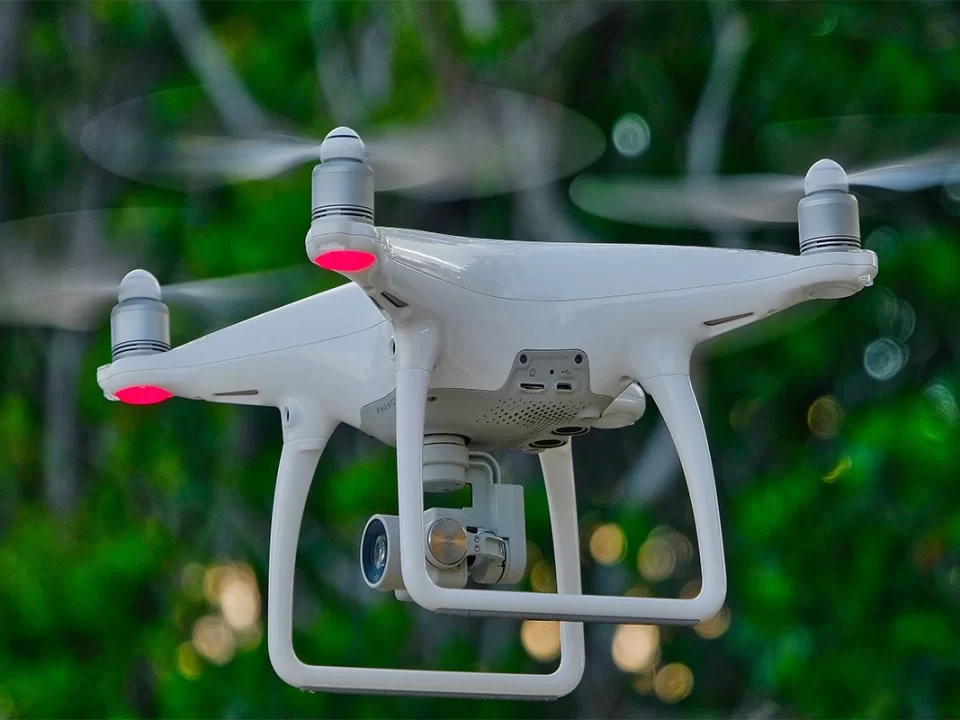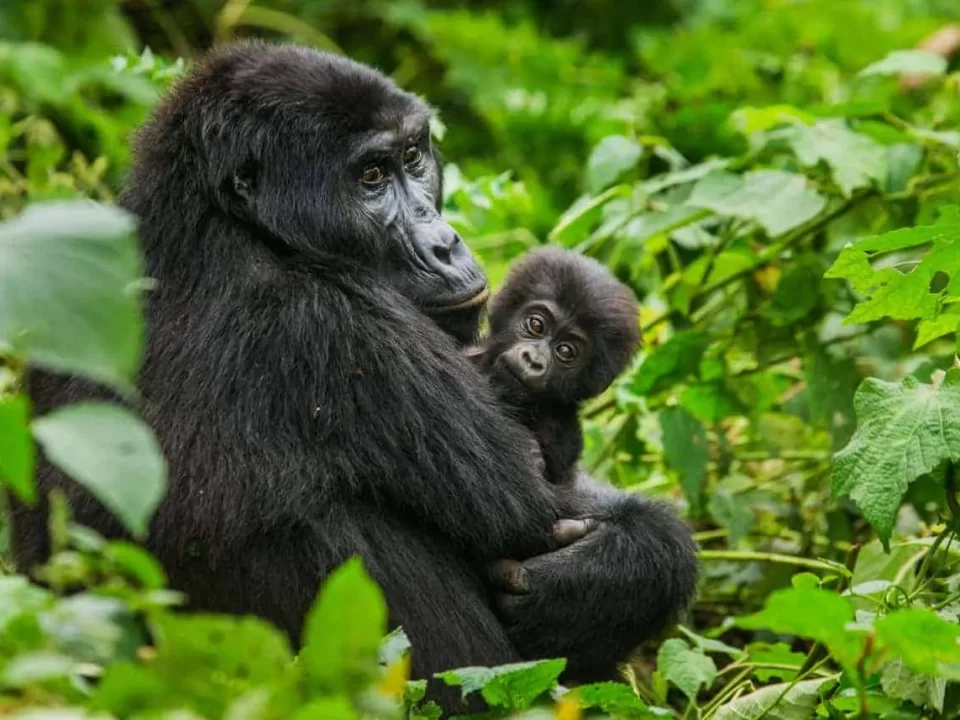Rwenzori Batis in Uganda

Rwenzori Turaco in Uganda
October 17, 2023
Bwindi Forest Birding Safaris
October 19, 2023Discover the Enigmatic Rwenzori Batis in Uganda’s Albertine Rift
Embark on a birding adventure in Uganda, and in your quest to encounter the elusive Rwenzori Batis, consider the invaluable guidance of a specialist birding guide. For an in-depth exploration of Uganda’s birdlife, travel information, and a truly enriching experience, be sure to reach out to Trek Africa Expeditions.
The Rwenzori Batis, a captivating bird species, graces the montane forests within the Great Rift Valley, nestled in the fabled Mountains of the Moon. This avian marvel can be sighted at altitudes ranging from 1,450 meters to 3,400 meters above sea level.
Adorning a predominantly black and white plumage, the Rwenzori Batis stands as a small-sized wonder of the avian world. Its upper parts exhibit a rich blackish hue, complemented by black wings adorned with a striking white strip within. Notably, this bird features a distinctive white spot near its eye lore. Moving to its underparts, you’ll find a pristine white, distinguished by a conspicuous black band on the breast. Birdwatchers should be mindful that the Rwenzori Batis shares its habitat with the Chin Spot Batis, and without the aid of good binoculars, the two species can be easily confused owing to their similar size.
To embark on an expedition to observe the Rwenzori Batis, bird enthusiasts need to venture deep into the forest. It’s vital to equip themselves with quality binoculars, ample drinking water, a packed lunch, sturdy hiking shoes, rain jackets, and reliable insect repellent. The Rwenzori Batis can be sought in the middle levels of the forest, amidst the vines, on tree branches, and amid the lush leaves of a montane forest.
In Uganda, the Rwenzori Batis can be encountered within the northern part of the forest. Optimal locations include the Waterfall Trail, River Ivi Trail, and the Echuya Forest Reserve, all situated at an altitude of approximately 1,600 meters above sea level. Birdwatchers who record the distinct call of the Rwenzori Batis will be well-positioned to spot this fascinating bird, as it graciously perches on open branches within the forest, conveniently visible to the observant birder.
Best Time for Birding in Uganda
Birding is a year-round activity in Uganda, but the prime season for bird breeding unfolds from June to early October. The rainy season can prove to be challenging, particularly in the southwestern regions of Uganda, which encompass areas like Bwindi Impenetrable National Park, Rwenzori National Park, Kibale Forest National Park, and Semuliki National Park. The excessive rainfall during this period can pose obstacles to birdwatchers, making the drier months a more favorable choice. For additional insights and to embark on your thrilling birding journey, feel free to contact Trek Africa Expeditions.




